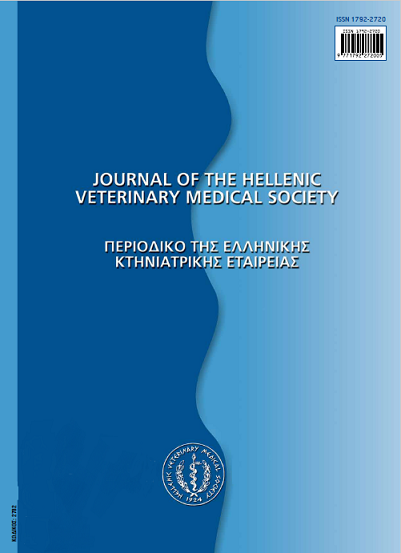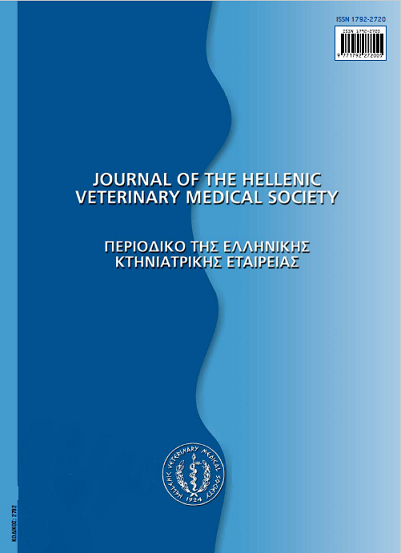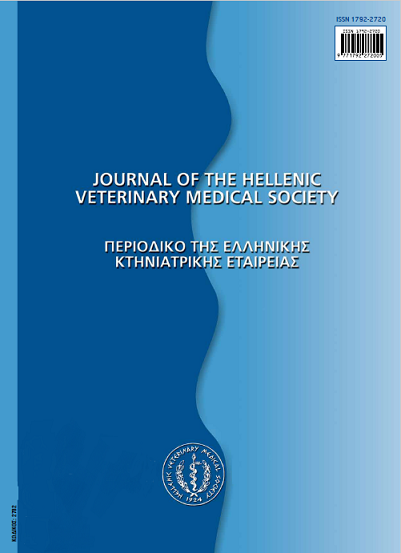Update on the toxins of Clostridium perfringens and their actions

Abstract
Clostridia appeared as a distinct class, approximately 2.7 billion years ago, before the initial formation of oxygen. Clostridium perfringens is widely distributed throughout the environment due to its ability to form spores. Furthermore, it is a member of intestinal microbiota in animals and human. In 2002, the complete genome of C perfringens strain 13 was published. Genomic analysis has revealed that C. perfringens lacks the genetic machinery to produce 13 essential amino acids and it obtains these in vivo via the action of its toxins. Toxins of C perfringens can be divided into major, minor and enterotoxin. C perfringens strains are classified into five toxinotypes (A, B, C, D and E), based on the production of four major toxins. Alpha toxin is the best and most studied major toxin of C perfringens and it was the first bacterial toxin established to possess enzymatic activity. It has haemolytic, necrotic and cytolytic activity, it can lyse platelets and leukocytes and it can damage fibroblasts and muscle cell membranes. Expression of epa gene, which is responsible for the production of alpha toxin by C perfringens, is down-regulated in the normal healthy gut, but it is upregulated to initiate enteric disease in response to an environmental signal. C perfringens appears to be regulated in a quorum sensing manner, using oligopeptides, AI-2 or both, to regulate expression of the epa gene, and thus the synthesis of alpha toxin. Beta toxin is recognized as an important agent in necrotic enteritis of humans and it is the second most lethal C. perfringens toxin following epsilon toxin. Beta toxin is a membrane spanning protein that oligomerizes to form channels in susceptible cells or it primarily acts as a neurotoxin. Epsilon toxin is the most potent of the C. perfringens toxins and the third most potent neurotoxin from the Clostridium spp., following botulinum and tetanus toxins. Epsilon toxin of C perfringens type D causes enterotoxaemia and pulpy kidneys disease of lambs. Iota toxin causes disruption of the actin cytoskeleton and cell barrier integrity and it is the less toxic of the major toxins of C perfringens. Although C perfringens enterotoxin is not classified as one of the major toxins of C perfringens, it is the third most common cause of food poisoning in industrialized nations. It is not secreted by the cells of growing bacteria, but it is released only with the sporulation of C perfringens. Not all strains of C perfringens carry the epe gene, which is responsible for the production of enterotoxin. Theta toxin is a pore-forming cytolysin that can lyse red blood cells. It is produced by all types of C perfringens. Together with alpha-toxin, theta-toxin modulates the host inflammatory response. ß2 toxin is a pore forming toxin which is involved in necrotic enteritis of swine and horse, in haemorragic enteritis of bovine in diarrhea cases of dogs and along with enterotoxin in diarrhea cases of humans. Recently, -NetB, a novel toxin that is associated with broiler necrotic enteritis, has been described. The mechanism of its action seems to involve the formation of small hydrophilic pores. Other toxins of C. perfringens include λ-toxin, ô-toxin, μ-toxin, v-toxin, κ-toxin, a-clostripain like protease and neuraminidase/sialidase. These toxins can act as enzymes, while many of them can act synergically or supplementally with major pore forming toxins. Potentially, C. perfringens might produce more toxins, which have not been identified. Finally, the actions of C. perfringens toxins, major or minor, in some diseases have not been figured out.
Article Details
- How to Cite
-
TSIOURIS (Β.Σ. ΤΣΙΟΥΡΗΣ) V. S., GEORGOPOULOU (ΓΕΩΡΓΟΠΟΥΛΟΥ) I., & PETRIDOU (Ε. ΠΕΤΡΙΔΟΥ) E. (2017). Update on the toxins of Clostridium perfringens and their actions. Journal of the Hellenic Veterinary Medical Society, 61(3), 241–252. https://doi.org/10.12681/jhvms.14892
- Issue
- Vol. 61 No. 3 (2010)
- Section
- Review Articles
Authors who publish with this journal agree to the following terms:
· Authors retain copyright and grant the journal right of first publication with the work simultaneously licensed under a Creative Commons Attribution Non-Commercial License that allows others to share the work with an acknowledgement of the work's authorship and initial publication in this journal.
· Authors are able to enter into separate, additional contractual arrangements for the non-exclusive distribution of the journal's published version of the work (e.g. post it to an institutional repository or publish it in a book), with an acknowledgement of its initial publication in this journal.
· Authors are permitted and encouraged to post their work online (preferably in institutional repositories or on their website) prior to and during the submission process, as it can lead to productive exchanges, as well as earlier and greater citation of published work.







